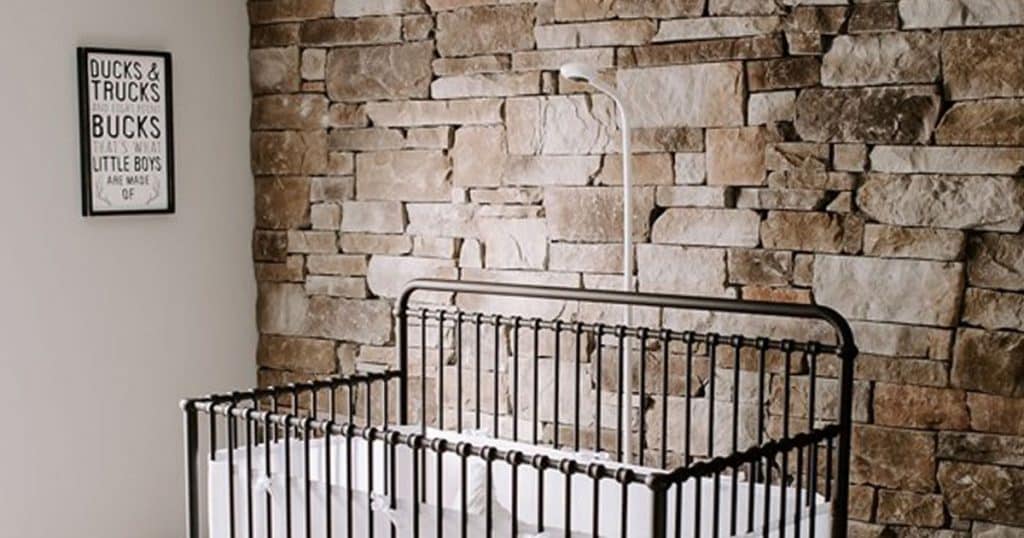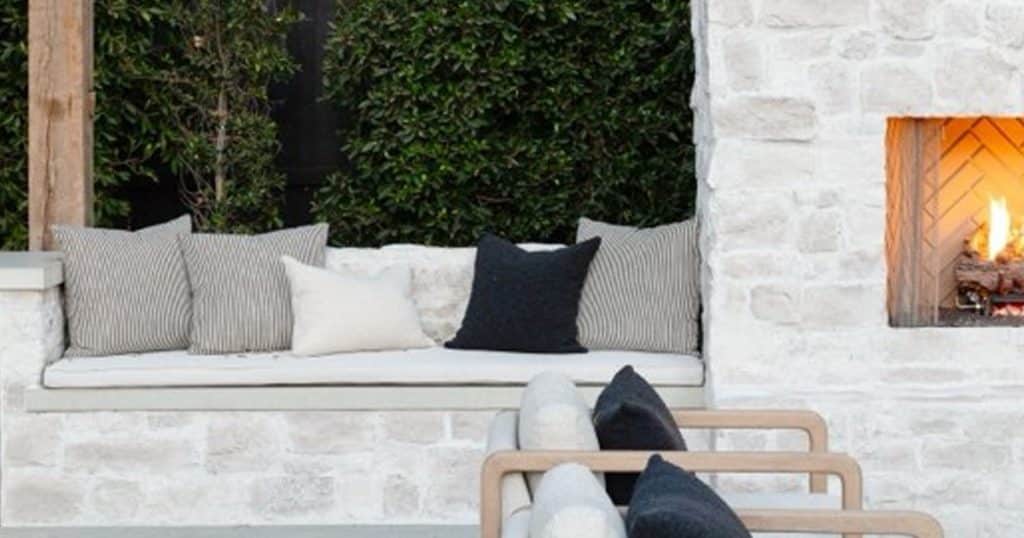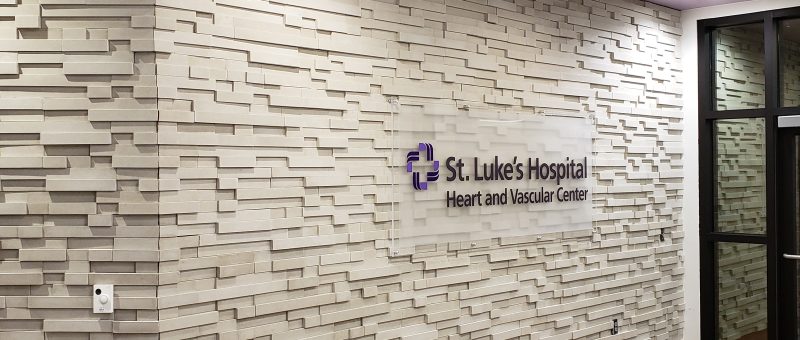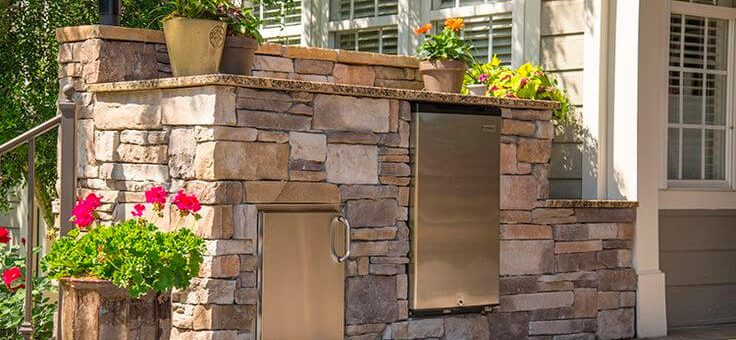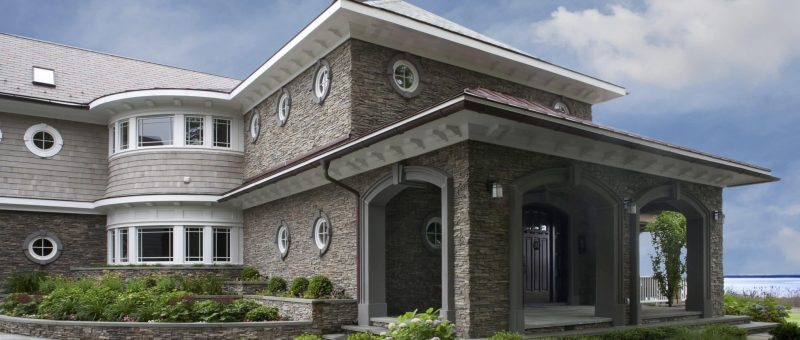
A new K-12 school brings relief to its community—whether alleviating crowding or offering a beacon of opportunity and advancement. Designing schools with manufactured stone veneer offers a number of advantages that can help education projects look and perform their best while meeting some of the unique challenges they may face.
Advantages of Manufactured Stone Veneer for Schools
Manufactured stone’s versatility in design and installation makes it an ideal option for both the exterior and interior of school projects.
• Authentic design, accessible format: Stone adds an instant level of beauty and elegance to a building, and manufactured stone delivers those styles at a cost that is typically lower than natural stone. And with a vast array of profiles and colors, nearly any look is within reach without the limitations of geography. For more traditional-style schools, MSV brick patterns offer classic authenticity.
In addition, MSV can be used on both interiors and exteriors, making it easy to carry over design elements and maintain a consistent design aesthetic.
• Durability: Inside, schools teeming with children face high traffic and often raucous behavior. Outside, they must deal with the same harsh weather as other commercial buildings. As a cement-based material, manufactured stone veneer is durable, long-lasting, and, depending on the product, often carries high wind- and fire-resistance ratings. And should a piece get damaged, it’s easier to replicate and replace because it’s a manufactured product versus natural quarried options that may no longer be available or in a matching color.
• Efficient installation: Schools under construction or under renovation are often under tight time constraints. Manufactured stone is lighter in weight than natural stone and typically requires less cutting to fit, so it’s a practical option for creating stone looks with greater efficiency.
• Biophilic design: Biophilic design infuses elements such as plants and daylight into interior spaces to increase connections with nature and the world outside, thereby enhancing our health and wellness. “Classrooms that utilize biophilic design enhance student creativity and support overall healthier development due to our biologically encoded connection to nature,” the Green Building Alliance says.
Manufactured stone veneer is one of many ways to increase biophilic design in schools, adding natural elements, texture, and warmth. (Learn more about MSV and biophilia in our blog “3 Strategies for Infusing Biophilic Design into Your Projects.”)
Education Projects Using Manufactured Stone Veneer
Options abound for designing schools using manufactured stone. Here are a few examples to get your design ideas flowing:
This library features Eldorado Stone’s Manzanita Cliffstone and Cambria Cliffstone as an accent wall at the entrance lobby and for the fun kid’s area shown here, adding a touch of warmth while elevating the outdoor theme.

Echelon Masonry’s Lamina Artisan Stone was chosen, along with brick and metal, to help this elementary blend in with its natural surroundings while also transitioning easily to the interior. “The plan also incorporated generous windows throughout the facility, allowing for a harmonious connection between indoors and outdoors, making the balance of materials essential,” Echelon says.

This elementary school, a 95,000-square-foot new construction build, features Jewell manufactured stone on the exterior façade.
Want to learn more about the possibilities of manufactured stone veneer? Visit our MSV page here.
original article courtesy of CMHA: Concrete Masonry & Hardscapes Association












